Intake interview
Intake Conversation
We have made some changes in the way we work. We have separated the intake interview from the examination. This has a number of advantages. After the intake we have a better view on your complaints than after just studying the questionnaire, this allows us to give even better advice on the follow-up course.
Prior
You make an appointment for an intake interview. You will receive questionnaires from us which you will send back to us one week before the interview together with medical data about your complaints. We will prepare the intake interview on the basis of your data.
The interview
The interview lasts an hour and a half and it can take place at our clinic, by phone or online.
Advice
Following the interview, we prepare an intake report with a recommendation.
This may include:
- Additional examination in our clinic
- Referral to other caregivers in our network
If you come to our clinic for additional examination, we schedule a 3-hour consultation. You will be examined by two experts within this time, and afterwards we will explain what is going on and discuss the treatment plan. Within a week you will receive the full report from us.
If we refer you to third parties, this always involves a referral within our network to providers who specialize in treating people with pain in the abdominal-pelvic area.
Network
We have a network of social workers (transdisciplinary) with whom we can consult and to whom we can refer.
Costs
A consultation usually lasts an hour and a half and costs 250 euros, including preparation and possible study of your medical file. These costs will be deducted from any follow-up consultation.
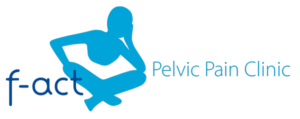


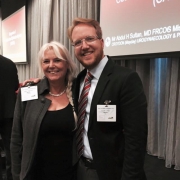 Pelvic Pain clinic / F-Act specializing in chronic pelvic pain
Pelvic Pain clinic / F-Act specializing in chronic pelvic pain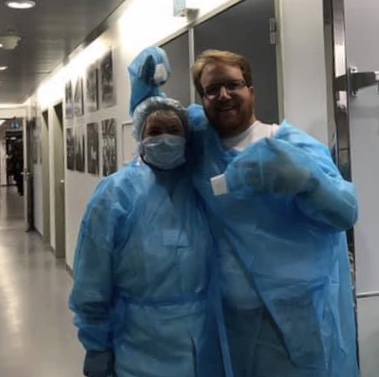
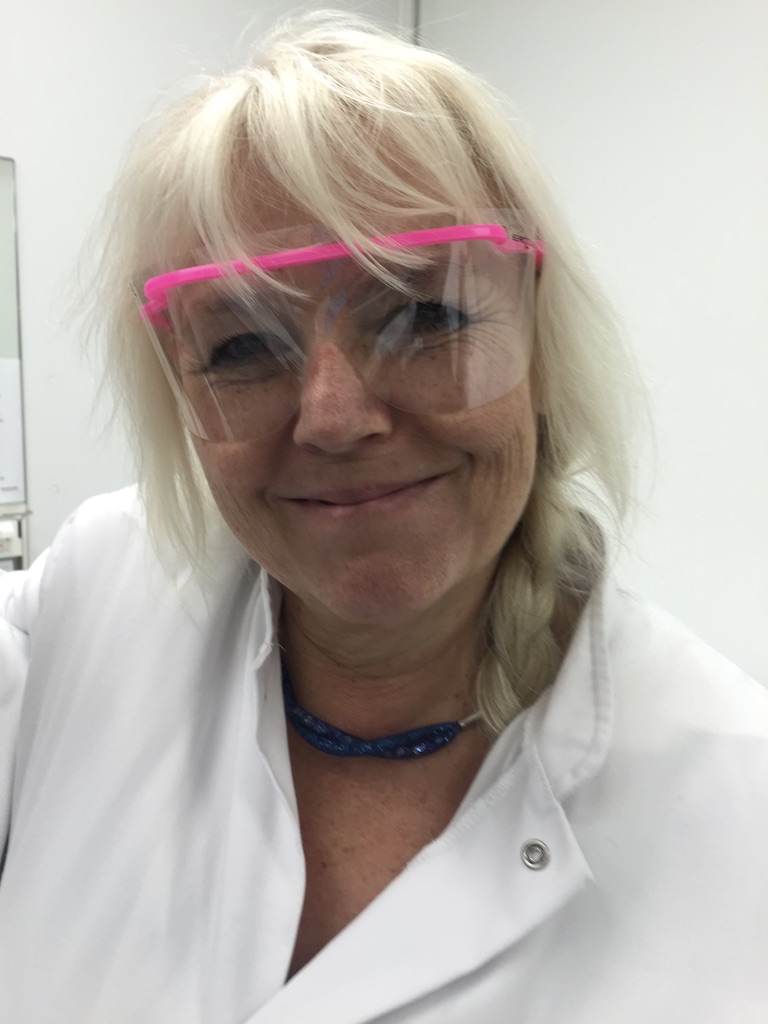
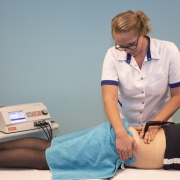 Pelvic Pain clinic / F-Act specializing in chronic pelvic pain
Pelvic Pain clinic / F-Act specializing in chronic pelvic pain